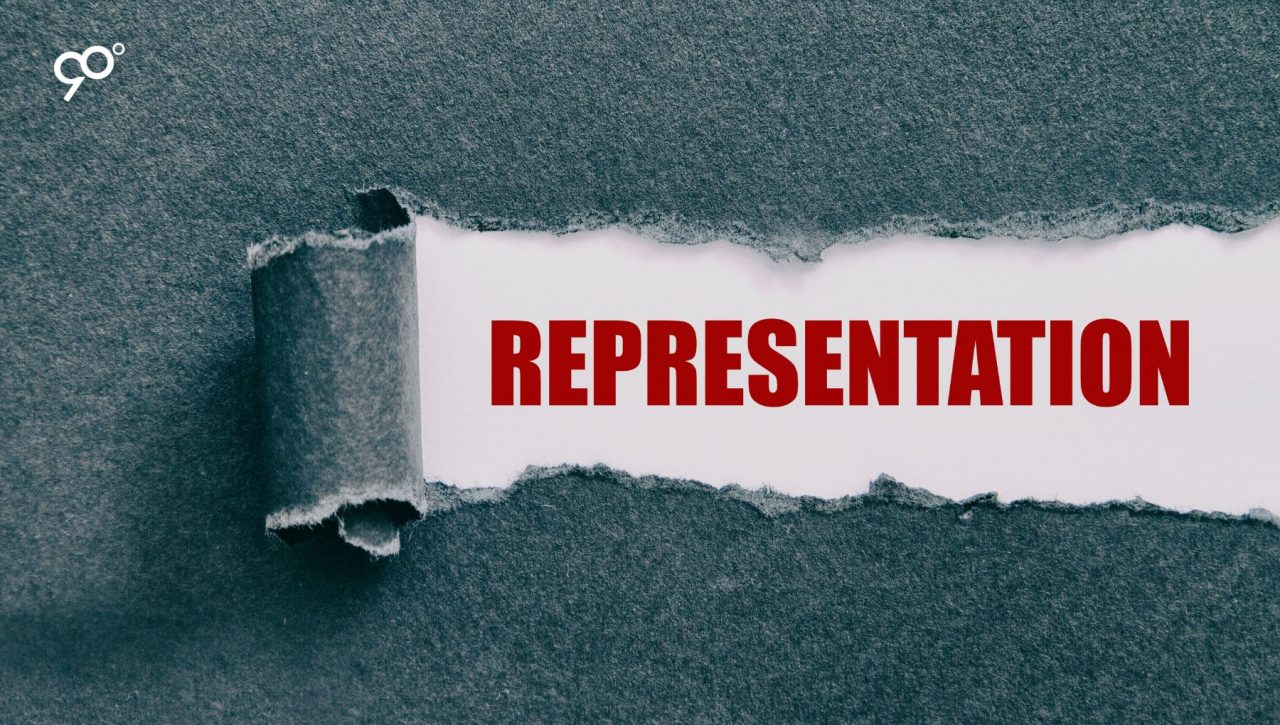
Public relations is all about storytelling — shaping narratives, building trust, and connecting people to ideas that resonate. Yet for too long, many PR campaigns have reflected a narrow range of voices, often overlooking the diverse stories that exist within communities. Today, amplifying underrepresented voices has become not only a moral imperative but also a strategic advantage for organizations seeking authentic connection and greater impact.
Why Inclusion in PR Matters
In a diverse and globalized world, audiences expect representation that reflects the broad spectrum of identities and experiences. Inclusive storytelling fosters trust and credibility, especially among younger consumers who value authenticity and social responsibility. By sharing stories from voices that have historically been marginalized — whether due to race, gender, disability, or socioeconomic background — organizations enrich their narratives and engage wider, more varied audiences.
Overcoming Challenges to Representation
Despite growing awareness, barriers still exist. PR efforts can unintentionally reinforce existing inequalities by relying on familiar media contacts and spokespeople, which limits diversity in messaging. Moreover, tokenism remains a concern when underrepresented voices are included superficially or only during specific events or campaigns.
True amplification requires more than visibility; it demands meaningful inclusion. This means investing time and resources to build genuine relationships with diverse storytellers and ensuring their voices are heard on their own terms, not filtered through someone else’s lens.
Strategies for Amplifying Voices
Effective amplification starts with expanding outreach beyond traditional channels to include thought leaders, creators, and experts from underrepresented communities. It also involves fostering equitable partnerships where contributors are fairly compensated and involved in shaping the message.
Building long-term relationships is key. Ongoing engagement, rather than one-off features, helps establish trust and authenticity. Internally, PR teams benefit from training in cultural competency to approach stories with respect and nuance.
Finally, amplifying voices means creating platforms where individuals can tell their own stories, ensuring they are collaborators in the narrative rather than subjects.
Measuring Success and Impact
To understand progress, organizations should track representation in campaigns and seek feedback from those whose stories are shared. Success is measured not just by media reach or impressions but by shifts in awareness, perception, and sustained inclusion.
Amplifying underrepresented stories in PR is a powerful way to promote equity, foster trust, and create richer, more authentic narratives. It requires intentional action and a commitment to ongoing learning and partnership. By prioritizing these voices, PR professionals can help reshape cultural conversations and ensure that all stories — especially those that have been overlooked — truly matter.
Follow Ninety Degrees PR Solutions on LinkedIn for more public relations and communication related articles.

